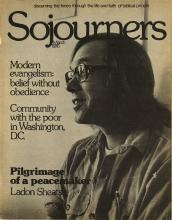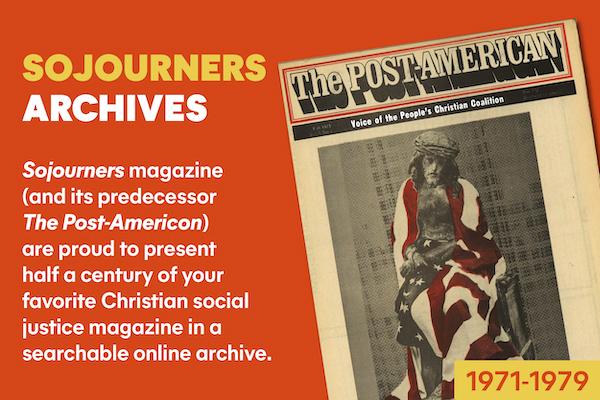It was a clear but cold autumn day in East Hartford Connecticut. Pratt and Whitney Aircraft, the biggest employer in the area, was celebrating their 50th anniversary by hosting a gala open house which would draw 400,000 people during the days of October 4 and 5. Pratt and Whitney builds engines for airplanes. Most of their work is building engines for military aircraft and the list of warplanes for which Pratt and Whitney takes credit includes the B-52, the F-15, the F-111, the F-14A Skyhawk, the F-8 Crusader, and the A-6 Intruder -- all used by the U.S. government against the people of Indochina.
These and other planes were put on proud display for all to see. The message of the day was Pratt and Whitney’s slogan, “The Eagle Means Business.” The crowds filed past these awesome symbols of might and power, seemingly filled with wonder and offering an almost religious response of respect and excitement. One observer likened the scene to some sort of pagan ritual where homage is paid to great metallic gods under whose protection we may feel safe and secure. Colorful displays, young models clad in hot pants, laughing children, balloons, and music lent a festive spirit to the occasion as streams of happy people bustled beneath these gleaming weapons of war.
Read the Full Article

